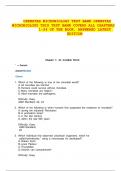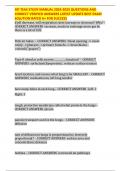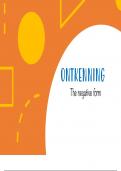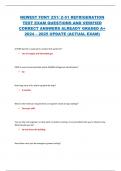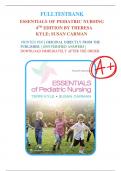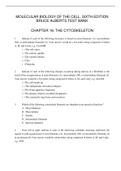Exam (elaborations)
OPENSTAX MICROBIOLOGY TEST BANK OPENSTAX MICROBIOLOGY THIS TEST BANK COVERS ALL CHAPTERS 1-26 OF THE BOOK, ANSWERED LATEST EDITION
OPENSTAX MICROBIOLOGY TEST BANK OPENSTAX MICROBIOLOGY THIS TEST BANK COVERS ALL CHAPTERS 1-26 OF THE BOOK, ANSWERED LATEST EDITION
[Show more]
